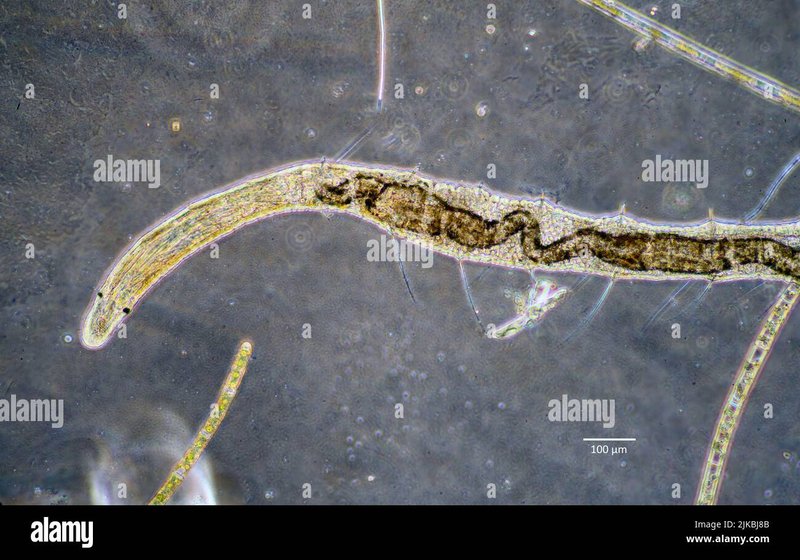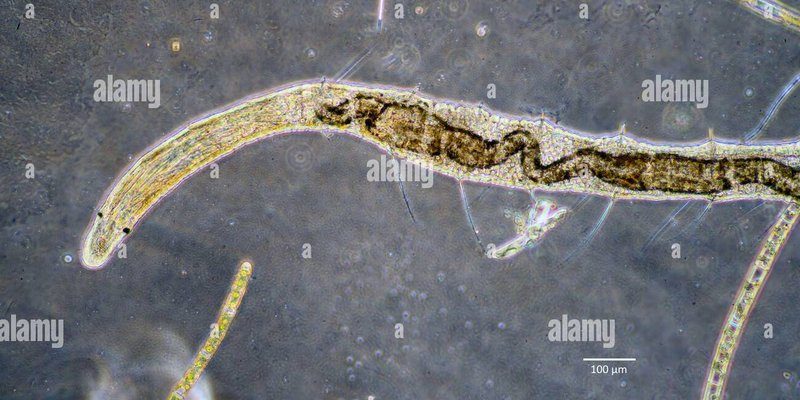
Bristle worms are fascinating little creatures, part of the polychaete family, and they’re found in various marine habitats, from sandy seafloors to rocky reefs. As they munch on detritus, decaying plants, and other organic matter, they play a critical role in recycling nutrients. You might be wondering how this process works and why it matters. Let’s dive deeper into the integral part bristle worms play in nutrient cycling!
What Are Bristle Worms?
Bristle worms are long, segmented worms that often have stiff bristles, or chaetae, along their bodies. These bristles help them move and sometimes even defend against predators. You might spot them in aquariums or marine areas; they usually come in various colors like red, green, or brown.
Habitat and Distribution
You’ll find bristle worms in diverse environments—think muddy seafloors, coral reefs, and even tidal zones. They thrive in areas with plenty of organic material. These habitats are rich in food sources, and bristle worms help maintain balance by breaking down that organic matter. In simpler terms, they’re nature’s clean-up crew!
Feeding Habits
So, what do these little guys eat? Bristle worms have a varied diet that includes dead plant and animal matter, or what scientists call detritus. They use their specialized feeding appendages to capture food particles, making them excellent scavengers. This scavenging habit is essential as it allows them to recycle nutrients back into the ecosystem efficiently.
The Importance of Nutrient Cycling
Now that we’ve got a picture of bristle worms, let’s talk about nutrient cycling. In basic terms, nutrient cycling is the way essential elements like carbon, nitrogen, and phosphorus move through the environment. They’re constantly being used, broken down, and reused.
How Nutrients Cycle
Imagine a circle: nutrients are used by plants, consumed by animals, then returned to the soil through decay. Bristle worms are a crucial part of this circle. By breaking down organic matter, they convert it into forms that plants can easily absorb. This means healthier plants, which in turn support various marine life.
Benefits to Marine Ecosystems
The presence of bristle worms in an ecosystem enhances its productivity. Healthy nutrient cycling leads to abundant phytoplankton, which are the base of the marine food web. So you can see, when bristle worms do their job, they contribute to a thriving underwater community.
How Bristle Worms Enhance Soil Fertility
In addition to their role in the ocean, bristle worms also influence sediment quality on the seafloor. They play a vital role in sediment bioturbation, meaning they mix nutrients in the soil.
Mixing Nutrients
When bristle worms move through the sediment, they help aerate it and redistribute nutrients. This improves the overall quality of the sediment, making it more fertile for various marine organisms. Think of them as little gardeners in the ocean, turning over the soil to help plants grow.
Stimulating Microbial Activity
Bristle worms also stimulate microbial activity in the sediment. As they break down organic matter, they create a feast for bacteria and other microorganisms. This increased microbial activity enhances nutrient availability, benefiting the entire food web.
The Interconnectedness of Marine Life
Bristle worms serve as a crucial link between different levels of the marine food web. Without them, the whole system could become unbalanced.
Supporting Fish Populations
As bristle worms break down detritus, they contribute to the growth of phytoplankton and zooplankton. This creates a plentiful food source for juvenile fish and larger marine creatures. It’s like laying a buffet for the fish, all thanks to the hard work of bristle worms!
Enhancing Biodiversity
The role of bristle worms in nutrient cycling also supports overall biodiversity in marine ecosystems. A healthy nutrient system allows various species to thrive, creating a richer, more dynamic underwater world. If one piece of this puzzle is missing, it can lead to disruptions in the entire ecosystem.
Challenges Faced by Bristle Worms
Despite their importance, bristle worms face several challenges. Environmental threats and human activities can disrupt their habitats and, consequently, the overall nutrient cycling in the ocean.
Pollution and Habitat Loss
Pollution from runoff and waste can negatively impact bristle worm populations. Heavy metals, plastic, and chemicals can poison these creatures, disrupting the nutrient cycles they support. Habitat destruction, like dredging and coastal development, also threatens their survival.
Climate Change Effects
Climate change impacts marine ecosystems in significant ways. Changes in temperature, sea level rise, and ocean acidification can directly affect bristle worm populations and, by extension, the nutrient cycling they support. If the environmental factors shift too much, these worms may struggle to survive.
Conservation and Protection Efforts
Given their vital role in marine ecosystems, it’s essential to protect bristle worms and their habitats.
Habitat Protection
Conservation efforts focusing on maintaining healthy marine environments can significantly benefit bristle worm populations. Protecting coastal areas from development and pollution can help preserve their habitats.
Research and Monitoring
Ongoing research into the role of bristle worms is crucial. Monitoring their populations can help scientists understand the health of marine ecosystems and the effectiveness of conservation efforts.
Bristle worms may not be the most glamorous creatures in the ocean, but their role in nutrient cycling is nothing short of essential. Through their scavenging and bioturbation activities, these tiny worms help maintain healthy ecosystems, benefiting countless marine species.
Understanding and protecting bristle worms is vital for preserving the balance of underwater life. So, if you ever find yourself near the shore or at an aquarium, take a moment to appreciate these little heroes of the sea—they’re doing important work, often without us even noticing!

